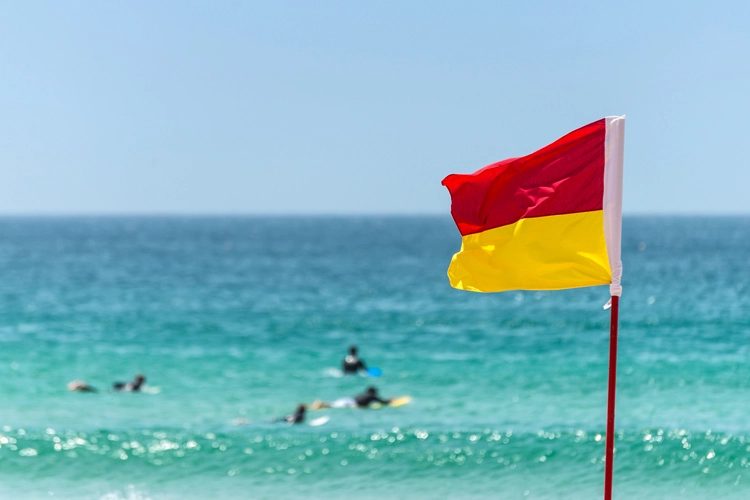Blue flag - low danger
The blue flag means to warn of a low level of danger, which is where you will be safe when entering the water. However, a green flag doesn't mean you can do whatever you like, even though it can be life-threatening. You should still be cautious when entering the water, and pay close attention if you are accompanied by children
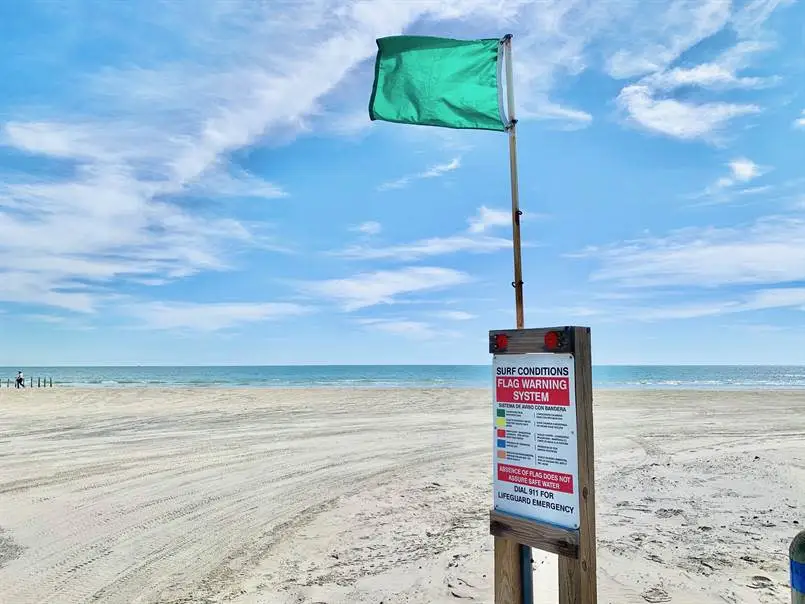
Internet illustration
Yellow flag - medium danger
Yellow flags are at medium risk/danger. In other words, the ocean and its potential dangers are difficult to talk about, such as the possibility of offshore currents or rip currents. If visitors get into this current while going swimming, they may be exhausted, leading to drowning. Therefore, swimmers must be cautious. Keep young children, who do not know how to swim, weak swimmers avoid this area, or always stay close to lifeguards when they see a yellow flag being raised. In addition, you must always pay attention to warnings from lifeguards, if you still want to swim in these waters.
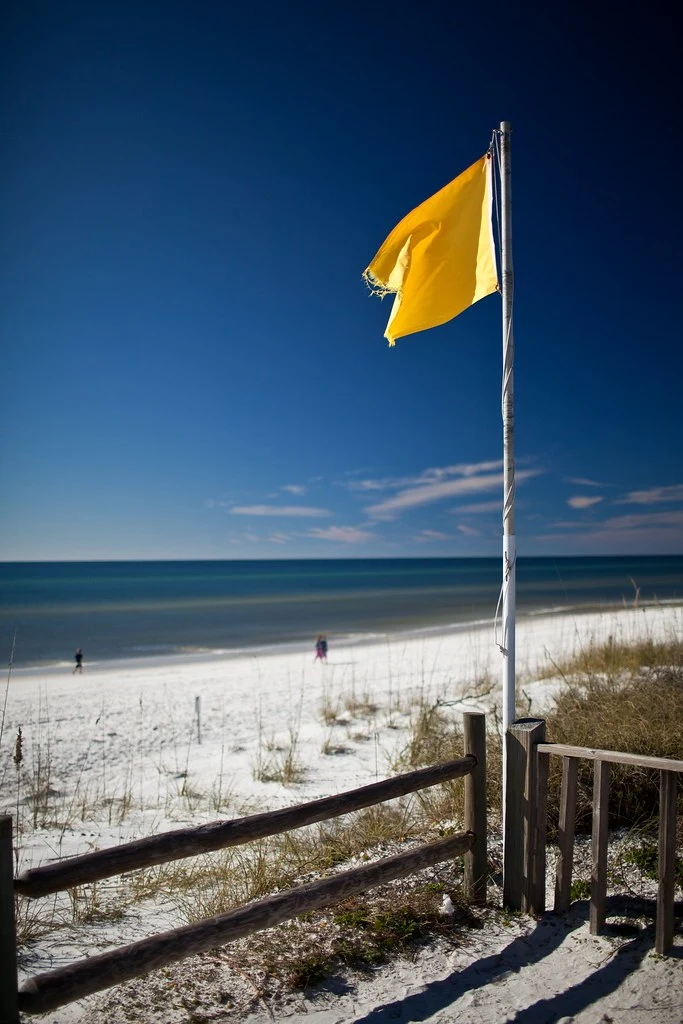
Internet illustration
Single red flag - high danger
If only one red flag is planted, it is a warning sign of an area with high waves, dangerous currents, or both. The red flag is the most serious warning on the beach, so people are not encouraged to swim in this area.
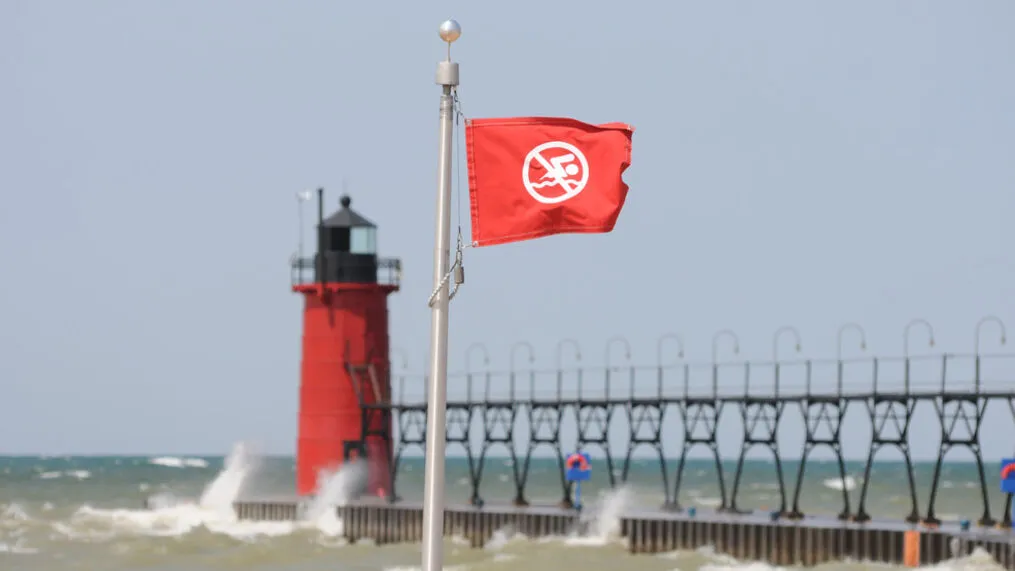
Internet illustration
Double red flag - absolutely do not go into the water
When this flag is raised, it means that the beach is closed, no bathing is allowed because it is in extremely dangerous conditions. Even the best swimmers, like professional swimmers, are banned. In some places, people even print the symbol of a person swimming on a red flag, with a white line crossed out, indicating that swimming is prohibited.
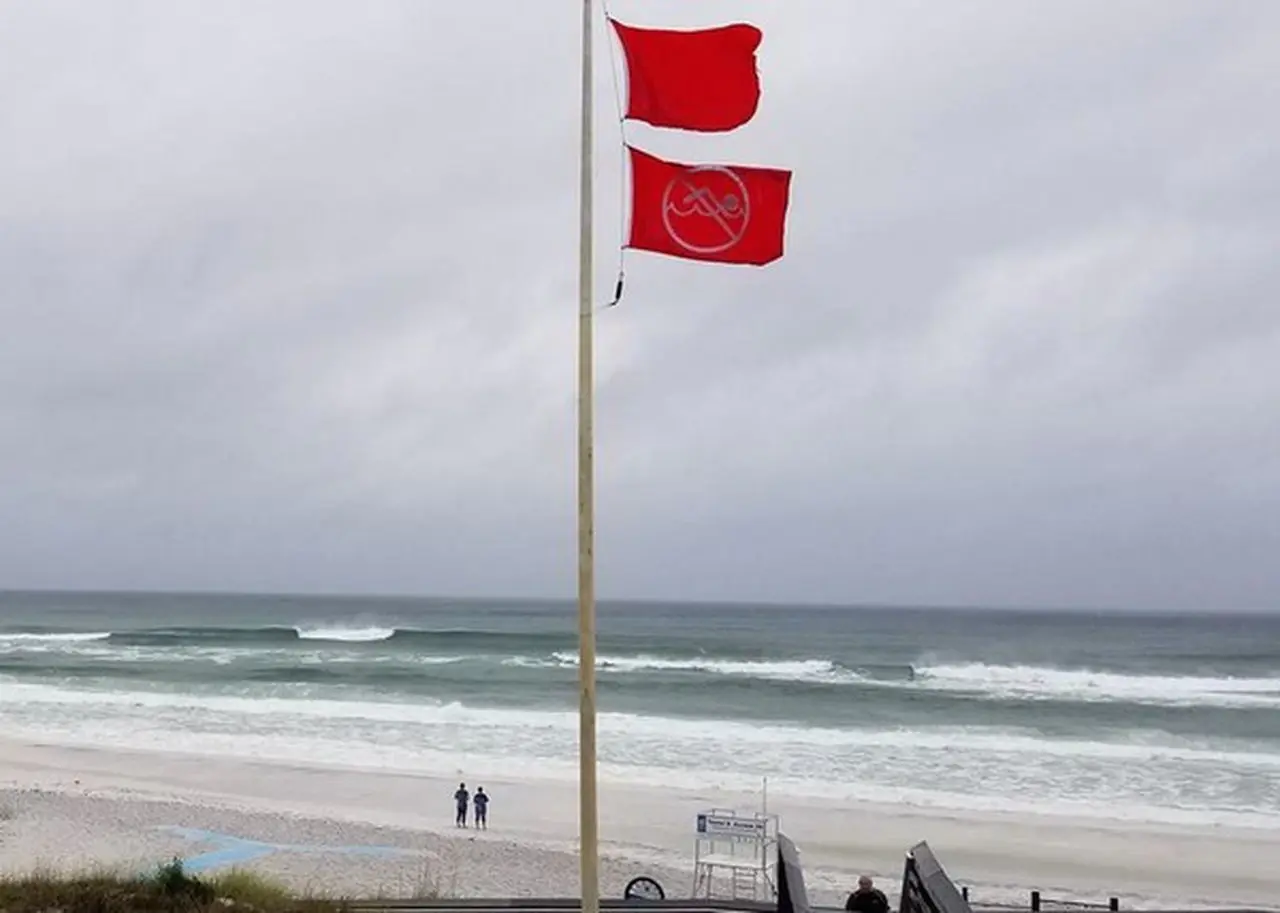
Internet illustration
Purple flag - the appearance of dangerous sea creatures
If you see this flag, you need to understand that there are dangerous sea creatures under the water, or on the beach. For example, jellyfish, stingrays, sea snakes... except for sharks. If a shark is in the water, a single or double red flag will be pulled up.
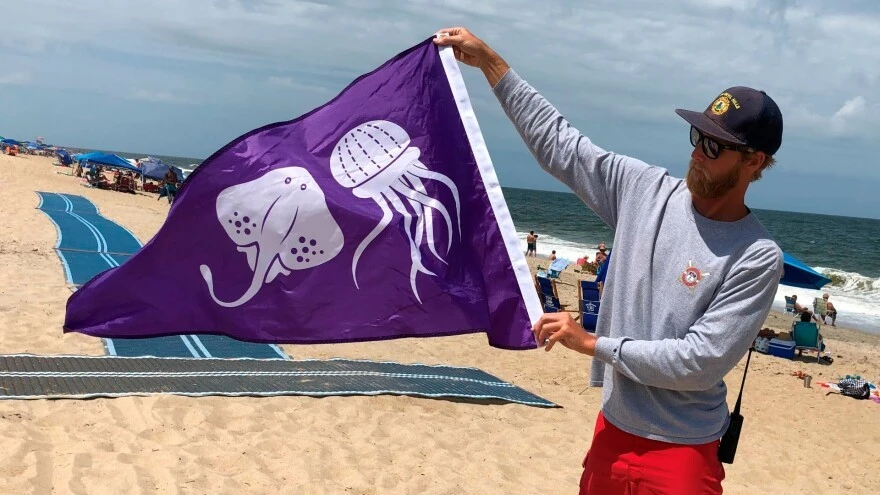
Photo: AP
Red flag on yellow below
These flags may be flown in a parallel pair, or spaced apart, to indicate the area being monitored by lifeguards, or closely patrolled. And this place is allowed to swim, or surf.
If the flag is flown alone, visitors are allowed to swim in front of the flag area, and the area is supervised by qualified personnel.
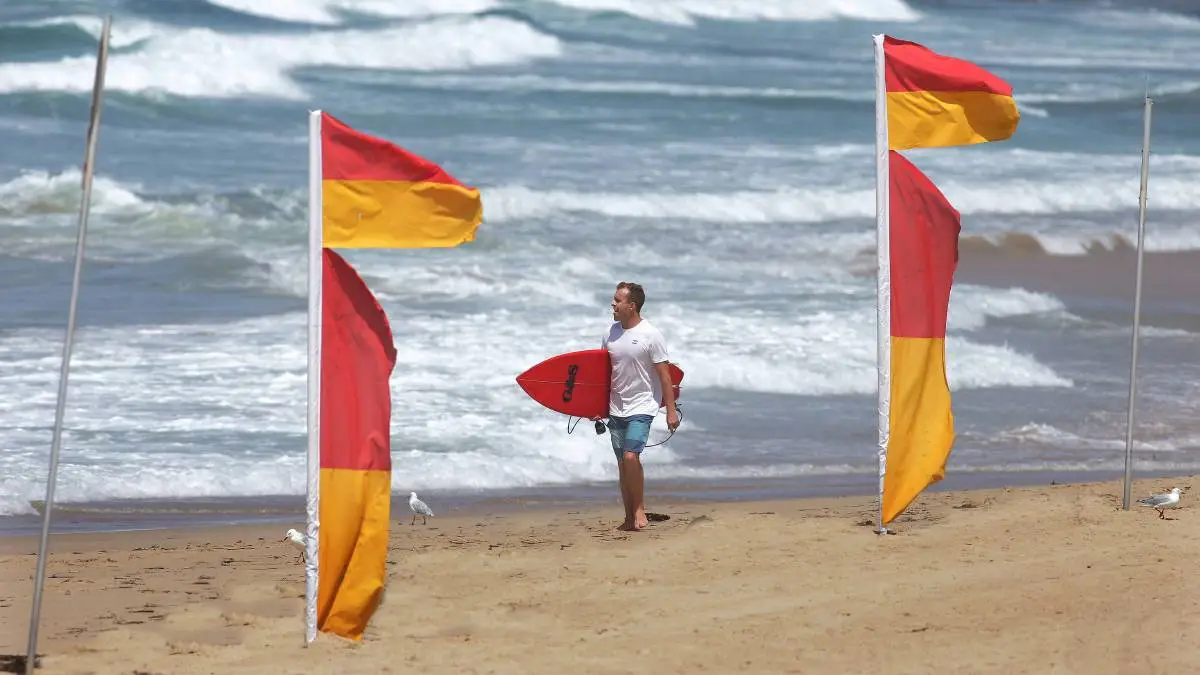
Photo: John Veage
Flag in the shape of an orange wind pipe - unsafe to use inflatable canoes, buoys
This warns that you should not use inflatable materials to swim in the sea such as canoes, inflatable buoys, etc. as you may be blown in the direction of the wind offshore. In many cases, tourists going to swim encountered this incident, and were carried out to sea by the wind, the functional forces had to send a ship to rescue them.

Internet illustration
Migo Synthesis
